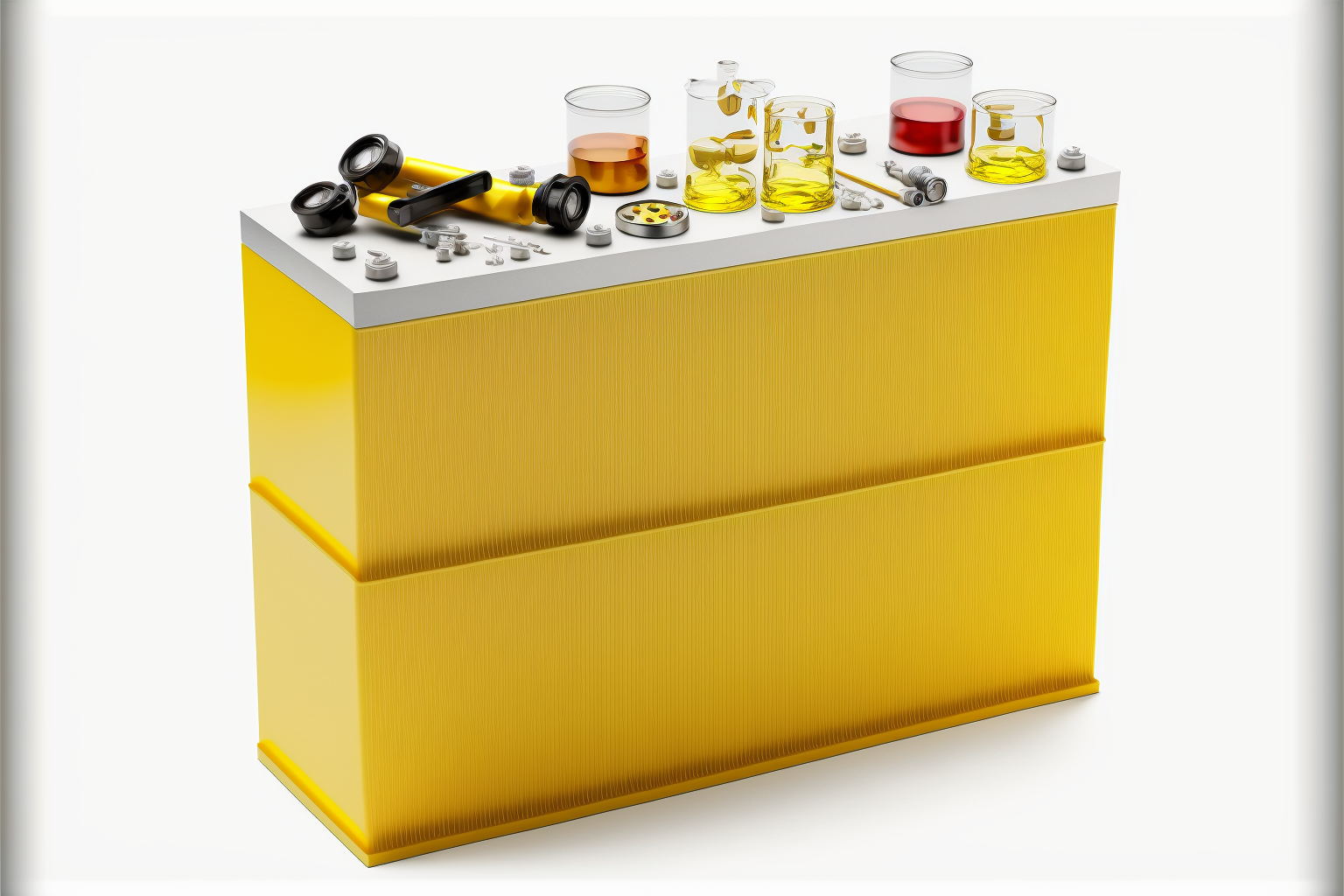Battery Chemistry
Battery is easy. Good battery is hard.

Right off the bat: battery is not the same as battery. Although almost everything you imagine under this term is based on the principle of the so-called galvanic cell, the ingredients and the resulting properties differ - sometimes considerably.
There are lead-acid, nickel-iron, lithium-ion, sodium-ion and many more. All of course with certain properties or advantages and disadvantages. Of course, we are interested in the suitability as a solar storage.
PetaJoule was founded in 2013, and one of the main reasons was the growing availability of Lithium-Iron-Phosphate batteries. These batteries, called LiFePo or LFP for short, were not brand new at the time - the battery chemistry had been known since the late 1990s. But by that time, there was already long-term experience indicating the superiority over the still widely used lead-acid batteries.
In our assessment, there are only two battery chemistries that make sense for long-lasting stationary systems today:
I) Lithium-Iron-Phosphate (LFP) can now be considered as "state of the art" for stationary systems: high energy density, high charge and discharge currents, safe (no so-called "thermal runaway"), long lifespan, relatively affordable. With a few exotic exceptions, all systems from us are delivered with this battery chemistry.
II) Lithium-Titanate (LTO) is more expensive, but in terms of longevity it is another class higher: on average, a lifespan of 50 years is expected for this. This in turn would make LTO batteries the most durable component, and the question arises whether the price justifies the fact that the battery ultimately lives twice as long as the PV modules.
There is another battery chemistry that can boast 50 years of expected life: Nickel-Iron batteries, developed in 1901 by T.A. Edison. However, these have other disadvantages (high self-discharge, explosive gas upon overcharging), which detract from their practicality as solar storage.
Lead-acid batteries
Our recommendation: Do not let anyone talk you into using lead-acid batteries as solar storage! There are still some people who promote lead-acid as a "proven, robust and inexpensive" technology. Well, this general statement is not a lie, but compared to LFP, this technology is inferior in all parameters. Even in terms of price, because to achieve comparable parameters such as lifespan and charge/discharge currents, a multiple of the capacity of an LFP battery must be used (and purchased). Lead is toxic. ☠️
Nickel-Cadmium batteries
Stay away from Nickel-Cadmium batteries, they are banned and toxic. ☠️ They also have a memory effect and should be disposed of properly. Unfortunately, it still happens that old forklift batteries of this chemistry are used for DIY projects. Sure, it's like bringing cyanide into your own house voluntarily. 🤦♂️
Lithium-Ion/Lithium-Polymer
There is a lot to say about this. Energy density: How much energy do I get per volume or weight in this battery? This question is important for batteries used in phones or cars - you have to carry it around, so you want as much energy as possible in as little space and weight as possible. Lithium-ion (LiIon) batteries have established themselves here.
Then there's the performance when charging and discharging while maintaining a high energy density. These are properties that are in high demand in model building, especially where combustion engines were previously the only option. Here, Lithium-polymer (LiPo) batteries are unbeatable.
It is clear that LiPo batteries are the best! Or is it?
Such a conclusion is certainly premature, as this battery chemistry is unfortunately prone to thermal runaway and is definitely not something you want in your home. In terms of capacity, it is true that the energy density is higher than that of LFP batteries, but this is only true for new LiIon batteries.
Often, however, one is dealing with LiIon batteries that have been used as solar storage in a second use of a BEV battery. In this case, neither the energy density is better than that of new LFP batteries, nor can a longer service life be expected, as compared to LFP, LiIon generally has a lower cycle stability.
Conclusion
Lithium-Iron Phosphate should be considered the industry standard in solar storage and should be your go-to choice. Lithium-Titanate may be technically superior, but its high cost makes it a luxury solution that is not necessary, as Lithium-Iron Phosphate has proven to be more than capable of meeting the demands of solar storage in the last 10-15 years.

